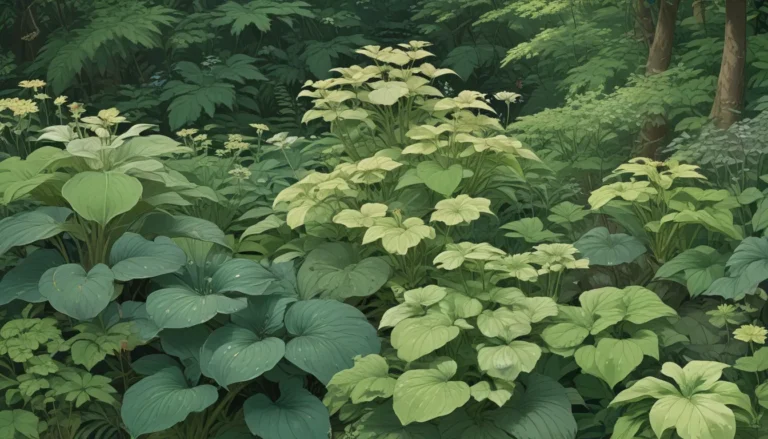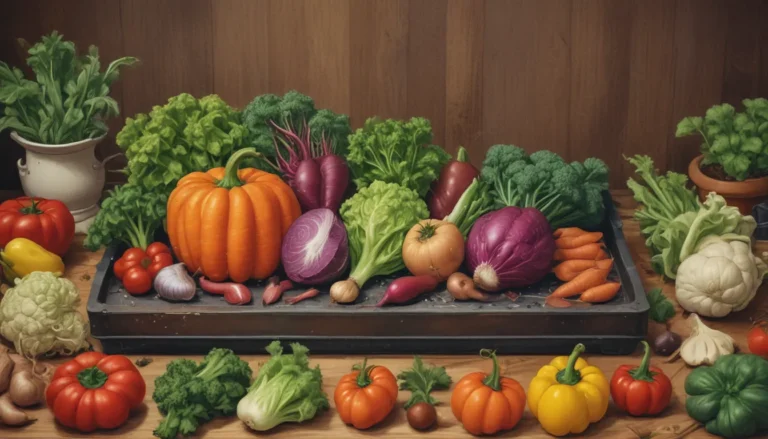Everything You Need to Know About Peat Moss and Alternatives

Have you ever wondered what that bag of dry, brown material labeled as peat moss at your local garden center is all about? Or maybe you know what it is but are curious about its uses and potential alternatives?
Peat moss has been a staple in gardening for quite some time, gaining popularity as a soil amendment in the United States starting in the 1950s. However, concerns have been raised about its environmental impact due to the carbon released as it breaks down in the soil.
In this comprehensive guide, we will explore everything you need to know about peat moss, from its benefits and drawbacks to suitable alternatives you can use in your garden. So, let’s dive in and expand our gardening knowledge!
Discovering Peat Moss
-
What Is Peat Moss?
Peat moss, also known as sphagnum peat moss, is a natural material made up of partially decomposed plant remains, such as sedges, reeds, mosses, and grasses. It forms over thousands of years in waterlogged areas known as bogs, primarily located in the northern hemisphere, with countries like Canada, Finland, Ireland, and Russia being the main sources of commercial peat products. -
Benefits of Peat Moss:
- Water retention properties.
- Improvement in soil texture.
- Nutrient retention to prevent leaching.
While gardeners appreciate the qualities of peat moss, such as its dry, airy texture and ability to absorb water effectively, there are concerns about its impact on soil acidity and environmental sustainability.
Harvesting Controversies
The harvesting process of peat moss involves draining bogs, removing layers of vegetation, and exposing decomposed material for extraction. However, this practice has raised issues regarding habitat disruption for unique plant and animal species, nutrient depletion, and carbon release.
Countries like Ireland have taken proactive steps to ban peat mining in certain regions, highlighting the need for sustainable practices in soil amendments. As the gardening community becomes more conscious of environmental impacts, exploring alternative options becomes essential.
Exploring Peat Alternatives
While peat moss has been a staple in gardening, it’s essential to consider alternative soil amendments that offer similar benefits without the environmental concerns. Let’s explore a few suitable peat alternatives:
- Compost:
- Effective for density and drainage control.
- Made from organic materials like kitchen waste or manure.
-
Offers a sustainable option to avoid peat conflicts.
-
Leaves, Mulch, and Sand:
- Provides natural aeration for the soil.
-
Dried leaves, wood chips, or sand can improve drainage.
-
Perlite:
- A puffed volcanic rock material with excellent water retention.
-
Promotes drainage and soil aeration.
-
Vermiculite:
- Absorbs water and retains minerals for root growth.
-
Available in various particle sizes for different gardening needs.
-
Coconut Coir:
- Made from coconut shell fibers.
- Promotes water retention and soil lightening.
- Eco-friendly alternative to peat moss.
Each of these alternatives offers unique properties and benefits, making them suitable replacements for peat moss in your gardening practices.
Making Informed Choices
As gardeners, it’s essential to weigh the pros and cons of using peat moss and its alternatives in our gardening endeavors. While peat moss has its benefits, such as enhancing soil texture and water retention, exploring sustainable alternatives can help reduce environmental impact and promote long-term soil health.
Whether you choose peat moss, compost, perlite, vermiculite, or coconut coir, each option has its place in gardening based on your specific needs and gardening practices. By making informed choices and considering the sustainability of soil amendments, we can cultivate healthy gardens while preserving the environment for future generations.
What are your thoughts on using peat moss and its alternatives in gardening? Share your experiences and insights with us as we continue to explore sustainable gardening practices and soil improvement techniques.
For more gardening tips and information, check out these related guides:
– 4 Easy Ways to Compost Banana Peels
– Should You Rotate Cover Crops?
– How to Compost Wood Ashes
Let’s continue our journey towards sustainable gardening practices and environmental stewardship in our gardens!
© Planting Perspectives, LLC. ALL RIGHTS RESERVED. See our TOS for more details. Written and edited by Gardening Gurus. Product images via various suppliers. Original publication date: May 5th, 2023. Last updated: October 10th, 2023.





